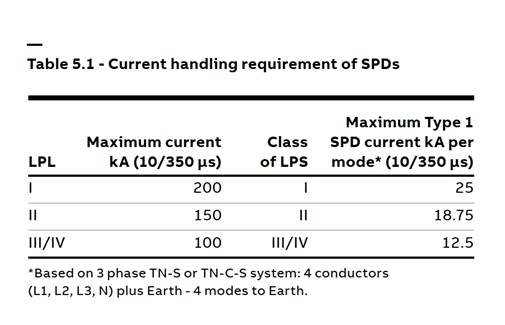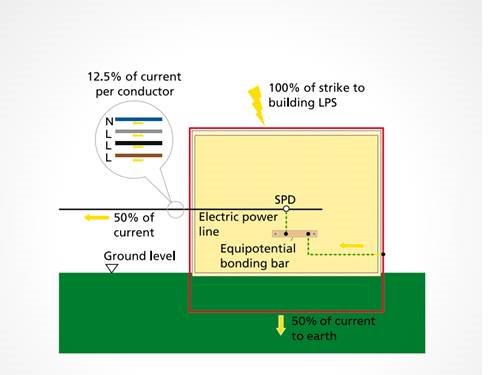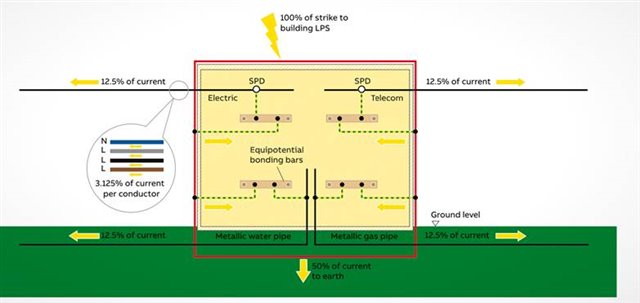I came across this report that claims that the Furse 415/M1R surge protection units are not suitable for the site I am working on as they do not comply with BSEN62305 or BS7671 standards. The report argues that the Furse M1 devices are not true Type 1 devices, as they are only rated to a maximum of 6.25kA per mode at 10/350. The report also shows a datasheet that supports this claim. The report concludes that all the devices have external or critical circuitry and therefore a true Type 1 device would be required.
What are your thoughts? Do you agree or disagree with its findings? Does anyone have any experience with the Furse 415/M1R units ? The Type 1 rating of SPDs according to BS EN 62305 & BS 7671 is based on the maximum surge current for the Lightning Protection Level (LPL) of the external Lightning Protection System (LPS) ( The current division concept) Do you agree with or disagree that the worst case scenario would be that the building has only 1 three phase incomer and the water and gas pipes are plastic. However, if it can be confirmed that if there are multiple services then current can be split further. I.e., a building with an LPL IV LPS and two three phase incoming/outgoing lines. Then the M1 would be suitable ?


